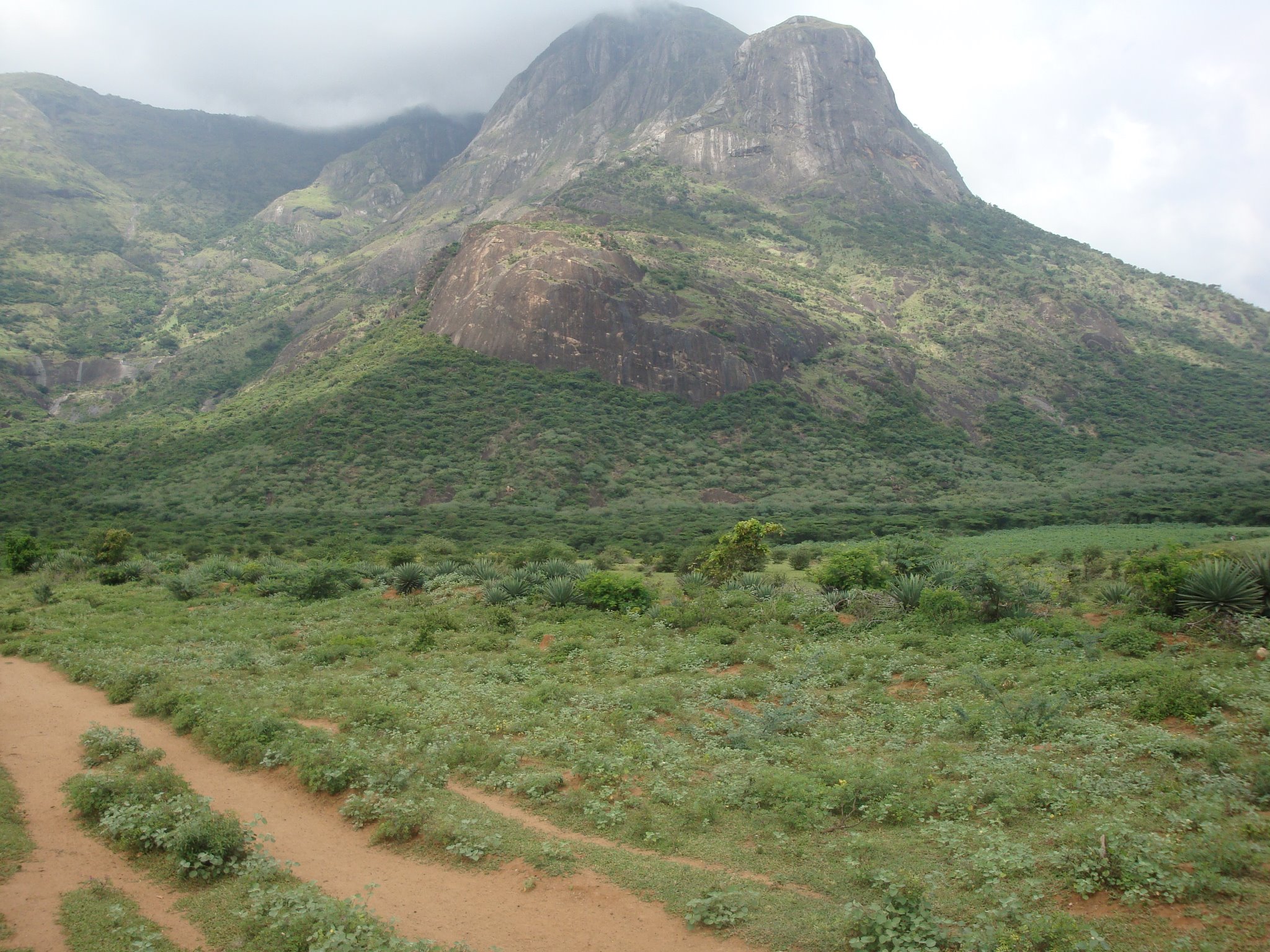
Scientists Explore Wild Rice Varieties for Useful Genes
- News
- 1.7K
Rice is a staple food in most of the countries in South and South East Asia with India being the second largest producer of rice after China. With increasing population and demand for food, scientists are exploring new ways to enhance the productivity of rice.
In this quest, they are using genetic tools to identify unique regions or genes in wild rice varieties that confer better survival and increased yield.
Prof. GJN Rao with his team of researchers at the Division of Crop Improvement, National Rice Research Institute at Cuttack have performed genetic analysis of wild or uncultivated rice found in Eastern India, to identify regions that give unique properties to these rice and which can be exploited to produce better varieties for enhanced productivity.
Researchers studied two uncultivated varieties of rice, Oryza rufipogon and Oryza nivara from West Bengal and Odisha that could be an important source of beneficial genes for rice breeding and crop improvement. Both these varieties are close relatives of Asian cultivated rice yet with very different and unique properties. Both of these varieties have distinctive growing patterns with different climatic and geographical environments. One grows in wetlands including swamps and lakes and the other in dry areas.
Dr. Rao’s team identified a total of 30 rare variants of genes in these rice varieties with a majority of new variants in O. rufipogon as compared to O. nivara. In one of the varieties, they have identified regions associated with drought tolerance which could be quite beneficial in crop improvement programmes.
The morphological analysis, that is characteristics of size, shape, and structure of these two varieties shows a lot of variation within and between the two populations, the researchers have reported. These regions could be associated with special features which once validated could be useful in breeding programmes, suggested Prof. Rao and his group.
“O. rufipogon and O. nivara, the closest wild relatives of rice, known to be rich reservoirs of genetic diversity, can be the source material for enhanced rice production. The study, based on the assessment of variability in the two wild forms, could clearly demarcate them into two distinct species and the information generated can be a critical component of the rice improvement programs of the future”, Dr. Rao explained.
This study has established the status of O. nivara as separate species based on morphological and molecular markers. “It has opened a discussion about original progenitor of cultivated rice. In earlier studies, O. rufipogon has been claimed as original progenitor and O. nivara has been claimed as ecotype or intermediate of O. rufipogon. O. nivara is mainly found in the Indian subcontinent and if in future through scientific evidence it gets established as immediate progenitor of cultivated rice this may establish that modern rice got originated from India,” pointed out Dr. Rakesh Singh, Principal Scientist (Plant Biotechnology) in the Department of Genomic Resources, National Bureau of Plant Genetic Resources, New Delhi. He is not connected with the study.
The research team included Jwala Narasimha Rao Gundimeda, Rashmita Samal, Pritesh S Roy, Auromira Sahoo, Meera Kumari Kar, Bhaskar C Patra, Bishnu C Marndi. This study has been reported in journal Scientific Reports (India Science Wire).
By Shikha T Malik
Journal Article
For the latest Science, Tech news and conversations, follow Research Stash on Twitter, Facebook, and subscribe to our YouTube channel


